
Tap to Read ➤
History of Naturopathy
Maya Pillai


The ancient Greeks practiced naturopathy. However, it gained worldwide prominence only in the 20th century. Here is a brief look at the history of naturopathy and the way it has treated patients of various ailments.

Naturopathy is a form of alternative medicine and is often referred to as naturopathic medicine or art of healing using natural remedies. Naturopathy uses a holistic approach to cure an illness. A naturopathic doctor understands the body, soul and mind of a person before he starts the treatment.
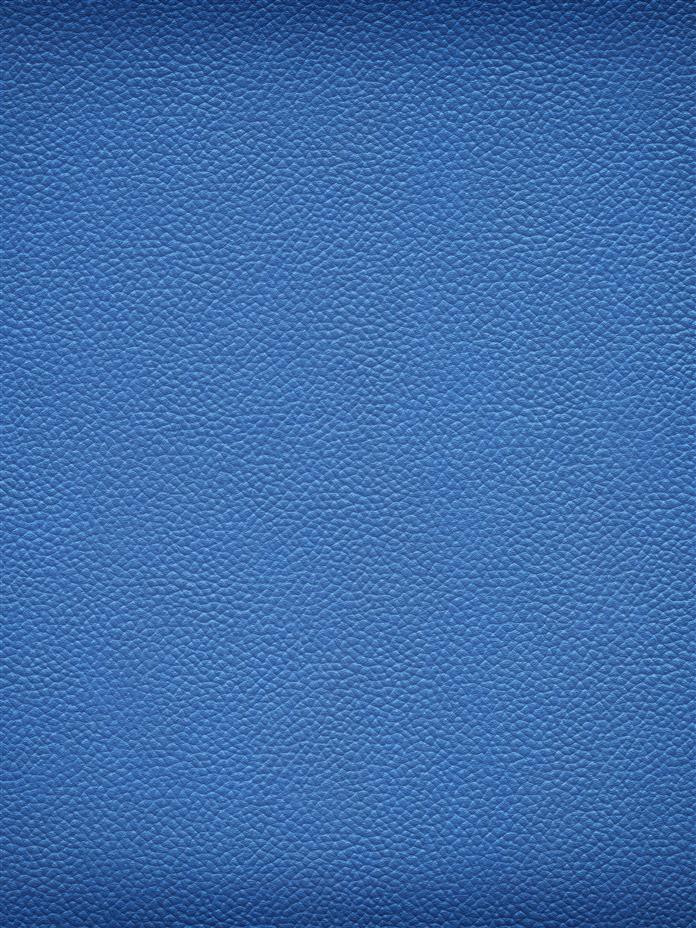
Naturopathy focuses mainly on two areas - the healing ability of body and the lifestyle of a person. Naturopathy stresses on using various therapies such as acupuncture, sauna bath and so on to cure the disease. In early 20th century, naturopathy was practiced in the US on a wider scale than any other country in the Western World.

A Brief Look at Naturopathy
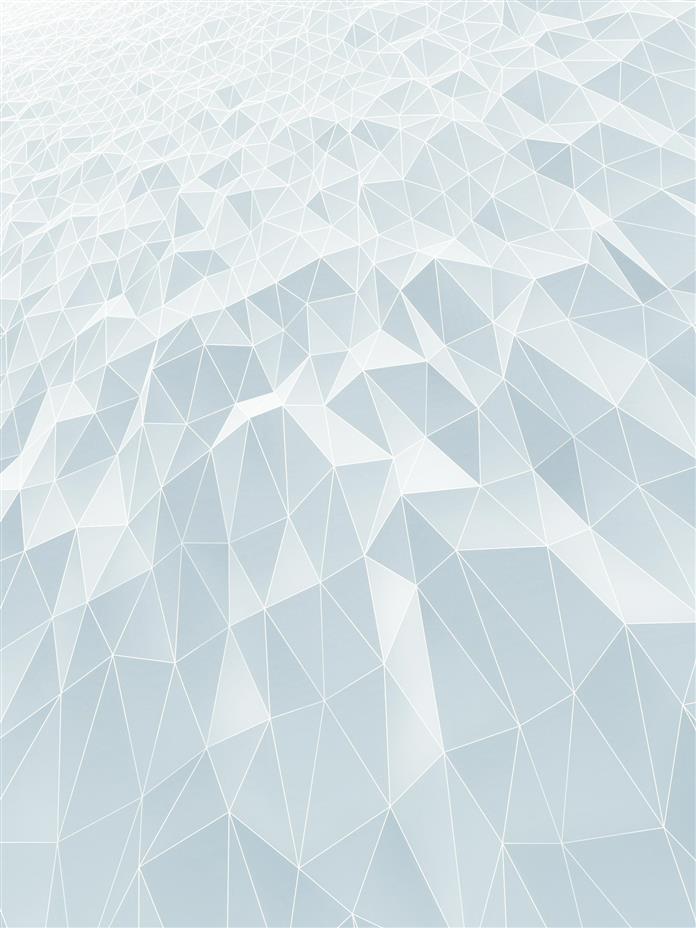
The history of naturopathy can be traced back to 400 BC when it was practiced in ancient Greece. However, Dr Benedict Lust is considered the founder of modern-day naturopathy. Dr Lust not only practiced the art of natural healing but also introduced it to the US in the year 1892.
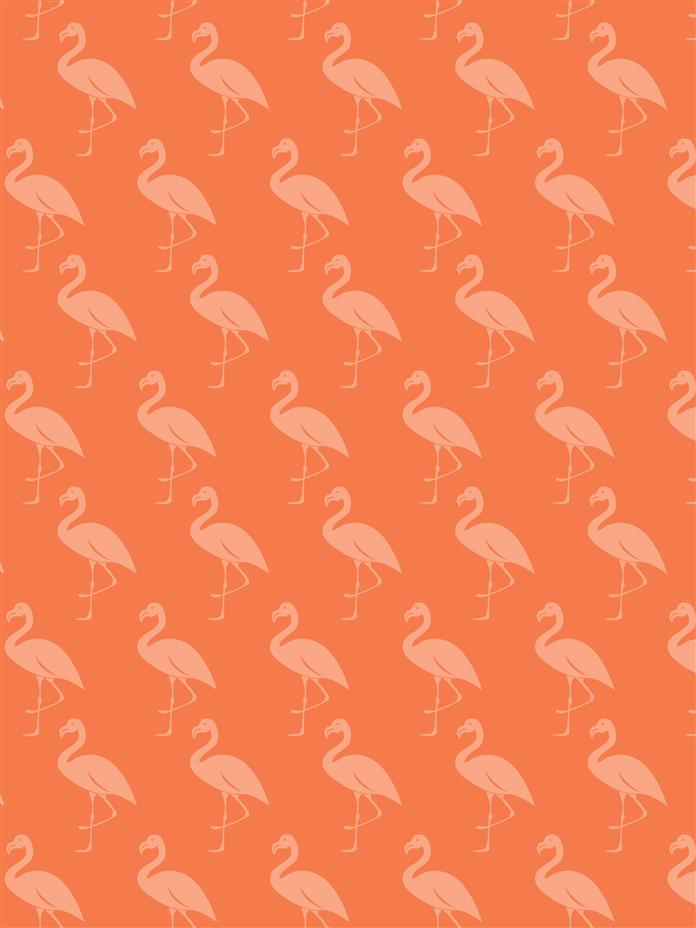
Dr Benedict Lust was a student of the hydrotherapy practitioner Father Kneipp.1n 1902, Dr Lust established the American School of Naturopathy.

1902-1917 was the formative period of naturopathic medicine and art of natural healing in the US. Dr Lust stressed on the hygiene, diet habits, hydrotherapy and emotional strength as essential tools for a healthy body. He merged herbalism with naturopathic healing.
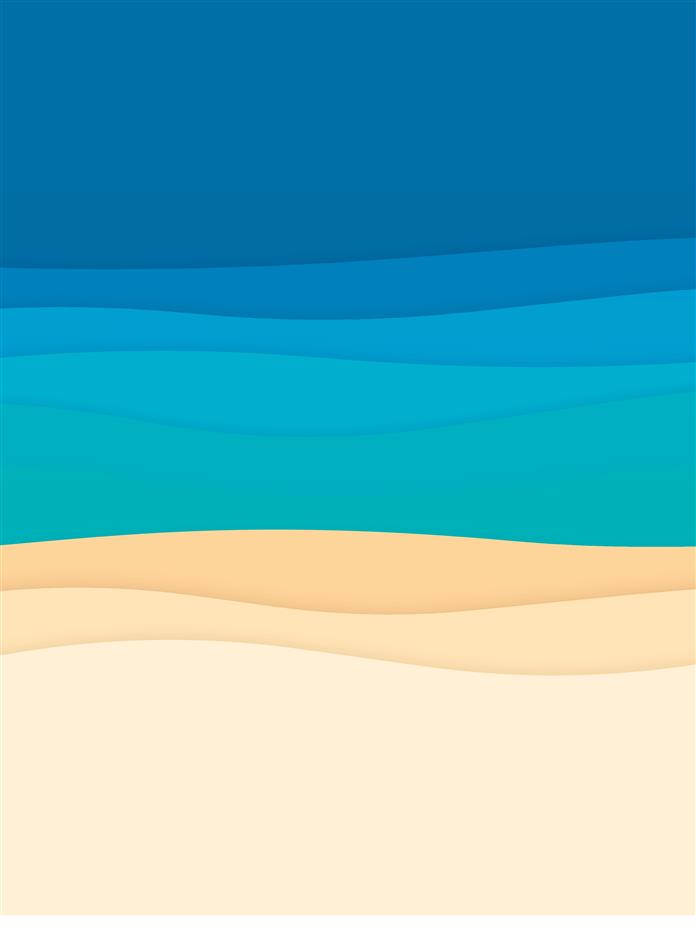
The years ranging from 1918-1937 were known as the halcyon years. During this period, naturopathy gained importance and the public not only supported but also showed a keen interest in naturopathic medicines and therapies. Many states in the US introduced naturopathic license laws during these halcyon years.
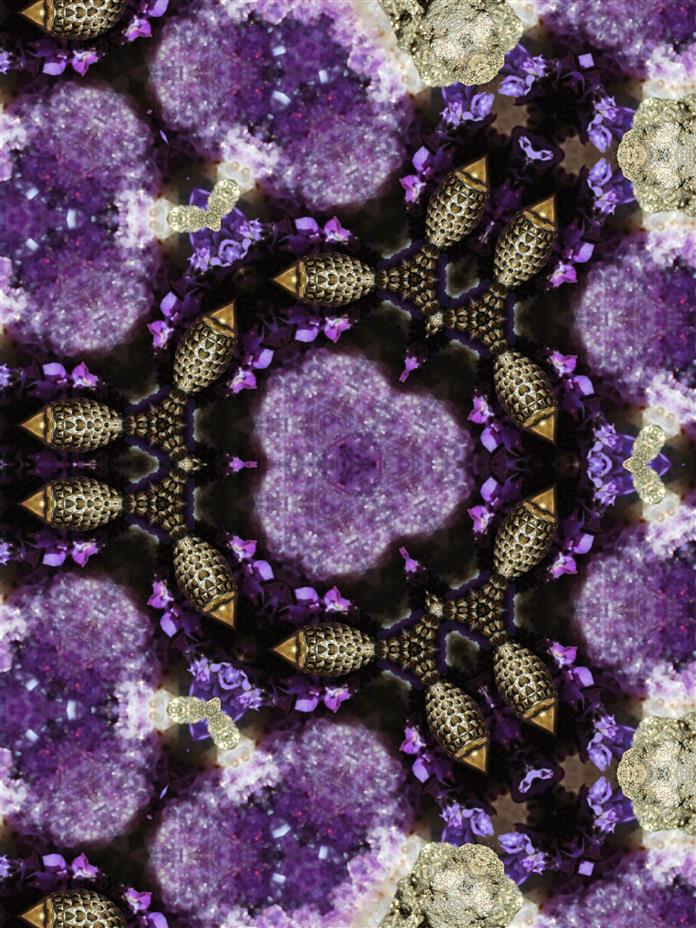
During late 1920s and early 1930s, many naturopathic journals were circulated among the public in the US. This was done to provide information on how to prevent diseases and maintain a healthy lifestyle.

Naturopathic journals emphasized on the eating habits of the common man and focused on taking measures to correct poor eating habits. Naturopathy advises the inclusion of fiber rich food in, and stresses on curtailing red meat from, one's diet.
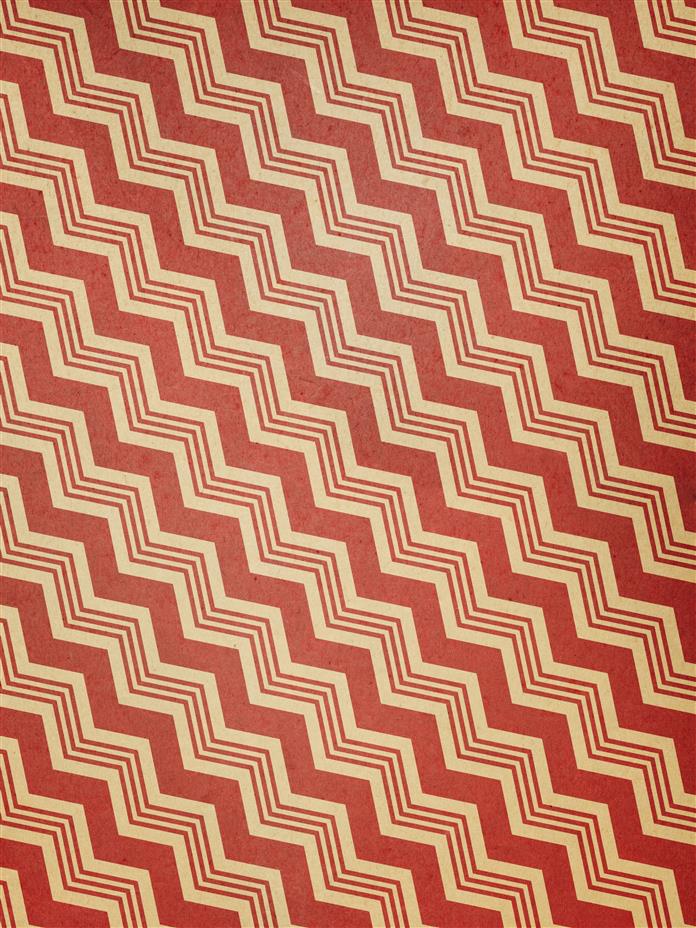
After Dr. Lust's death in 1945, there was a considerable decline in the usage of naturopathic healing methods and therapies in the United States. During this period, more importance was given to allopathic medicines and treatment.

During the 1960s, the public of America became more aware of the importance of good nutrition and healthy lifestyles. During this period importance was given to alternative medicines and the science of naturopathy was revived.

In 1978, the first naturopathic college, known as the National College of Naturopathic Medicine, was established in America. This was the first registered college for naturopathy.

In 1987, Bastyr University became the first naturopathic college to be accredited and recognized by the Council on Naturopathic Medical Education.
Today, naturopathy is practiced widely not only in the US but around the globe. Naturopathic therapies should be undertaken only under the expert supervision of a licensed naturopathy practitioner.
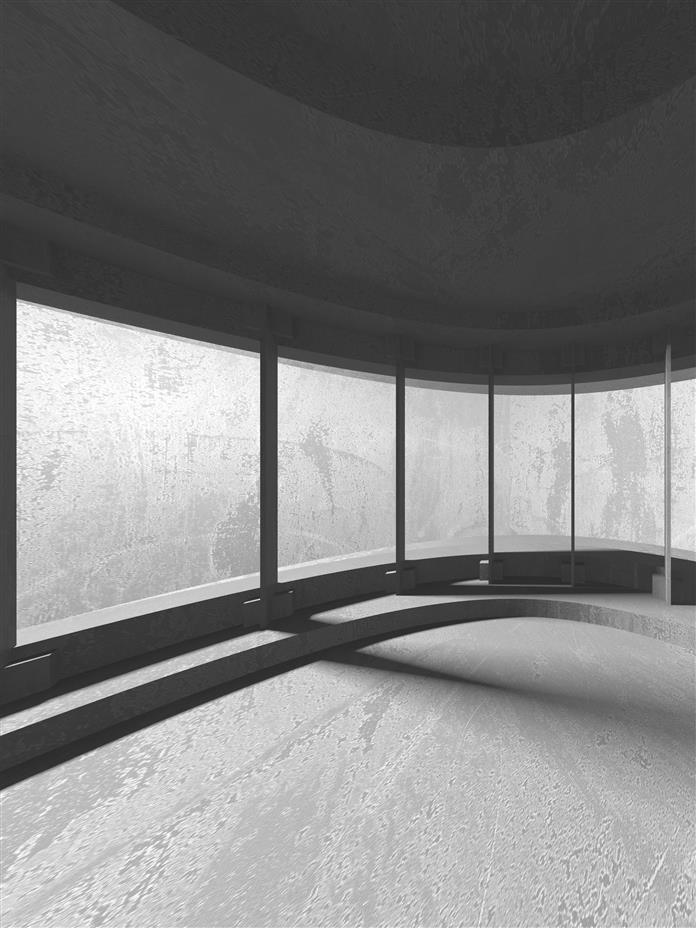
In the US, 11 states have officially recognized this form of medicine by granting licenses to qualified practitioners of naturopathic medicine. Naturopathic medicines, therapies and techniques are creating a paradigm shift in the history of medicine and health care.